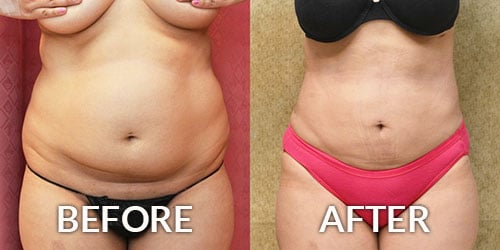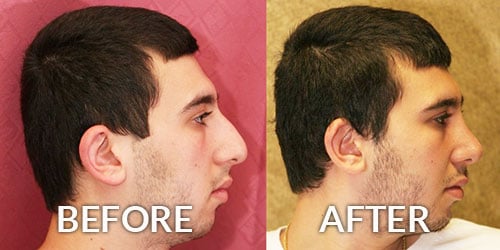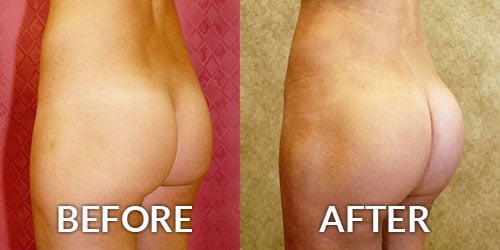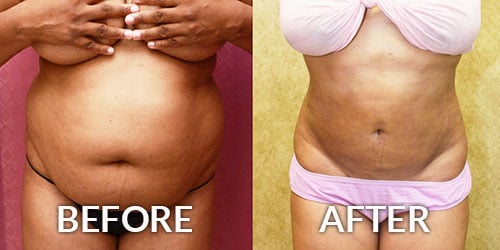Septoplasty – Correction of Deviated Nasal Septum
Consultations offered at our three convenient locations in Encino, Glendale and Bakersfield
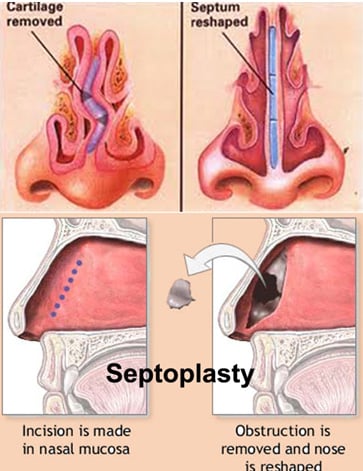
A septoplasty procedure is usually performed by a board-certified plastic surgeon or ENT surgeon in Los Angeles. This nasal surgery is performed under sedation or general anesthesia. There are no incisions over the nose, but an incision is made internally on one side of the nasal septum. After the mucosal membrane is lifted away from the septal cartilage the deviated portion of the cartilage and/or bone is removed, therefore, re-straightening the nasal septum and to relieve nasal airway obstruction. Then the nasal mucosa is closed over the removed section of the septum. The technique of resection of the deviated nasal septum from underneath the septal mucosa is therefore referred to as SMR surgery, or Sub Mucosal Resection of the nasal septum. Some facial plastic surgeons replace the straightened piece of removed cartilage, but I believe that this replaced piece can bend again and cause re-obstruction of the nasal airway.
Nasal packing or Septoplasty Packing is a soft tampon that is placed on each side of the nasal septum after a septoplasty and turbinectomy for about 2 days, in order to reduce nasal bleeding and prevent intra-nasal adhesions.
The possible complications of septoplasty are recurrent septal deviation, development of septal spur, septal perforation, nasal bleeding, rhinorrhea, and internal nasal adhesions.
Septoplasty Recovery time is rather short and about 2-4 days. There is no facial bruising and patients are instructed to irrigate their nose after removing their nasal packing. During this period there is going to be some nasal bleeding which or drainage. Patients are also kept on antibiotics for a few days to prevent nasal and sinus infections.
A septoplasty and turbinate reduction are often combined, because it is usually a combination of septal deviation and inferior turbinate enlargement that causes nasal obstruction. Therefore, a pair of inferior turbinates are resected or removed by a SMR Turbinectomy or Sub Mucosal Resection of Inferior Turbinates.

